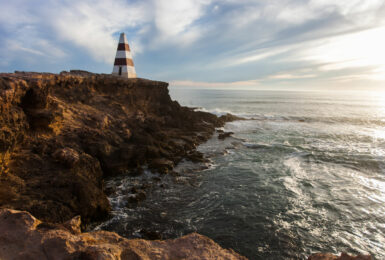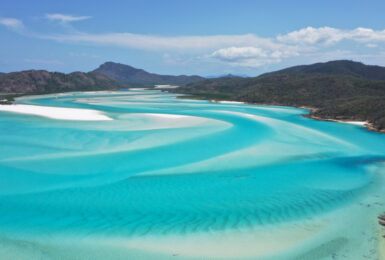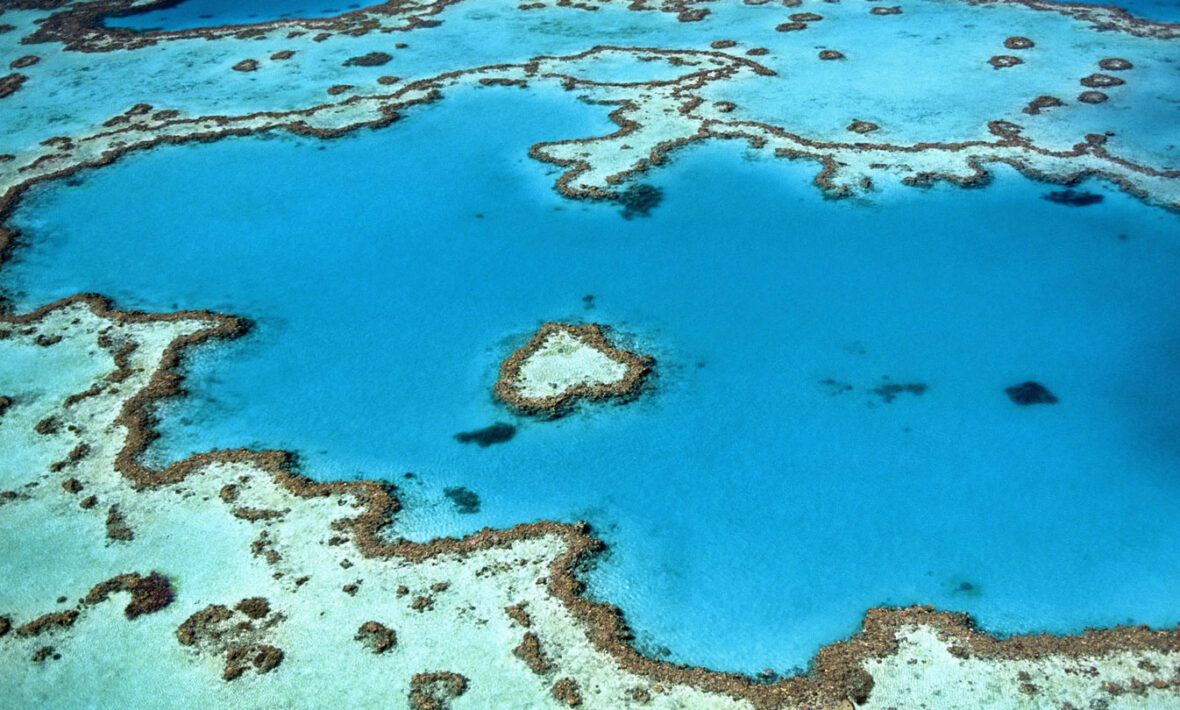
Whale sharks, turtles and tropical fish – oh my! Australia’s diverse marine wildlife is magical. And seeing the native animals and unique ocean flora up close is truly spectacular. With more than 35,000 kilometres of uninterrupted coastline, it’s one of the most popular places in the world to explore the ocean. So, we’ve rounded up some of the best places to scuba dive in Australia, to help you plan your next adventure…
The Great Barrier Reef, Queensland
Perhaps the most famous place to scuba dive in Australia, the Great Barrier Reef boasts 2,300 kilometres of vibrant blue waters, rainbow coloured coral reef and diverse wildlife. Swimming alongside turtles? Check. Seeing reef sharks in their natural habitat? Check. And, yes, you can see Nemo swimming in the anemone here. What’s not to love?
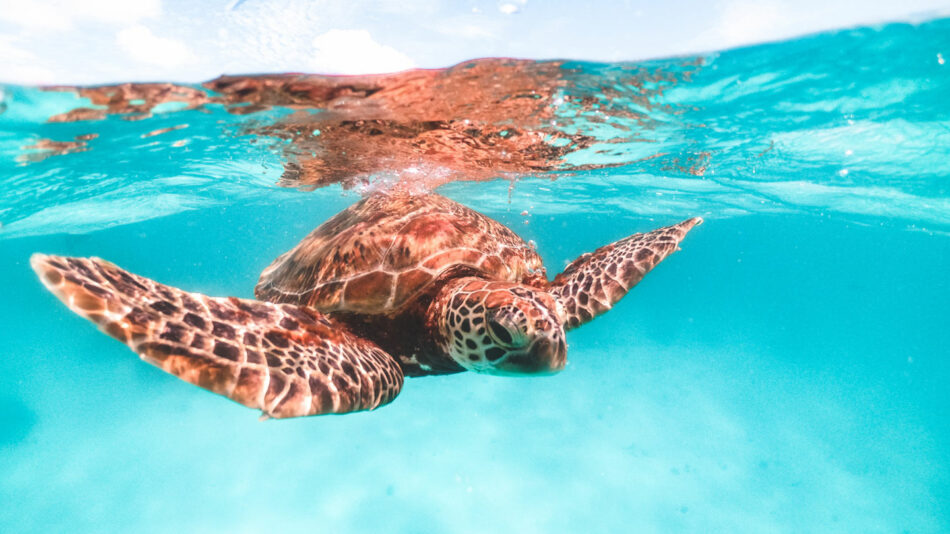
Image source:Contiki
Ningaloo Reef, Western Australia
Ningaloo Reef is known as one of the best spots in the world for swimming alongside whale sharks. Along with these gentle giants, the reef is also loved for its other beautiful marine life including tropical fish, turtles, manta rays and humpback whales!
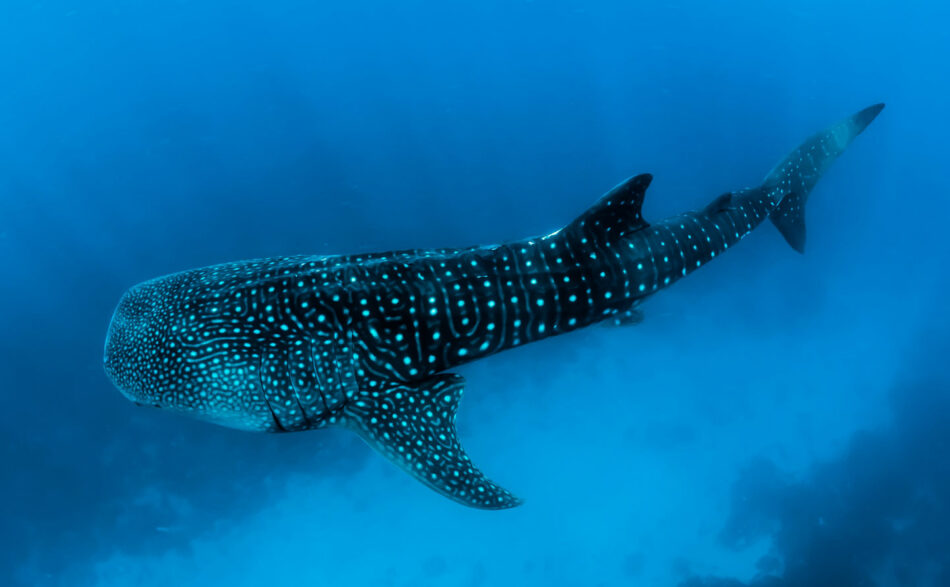
Image source:Sebastian Pena Lambarri / Unsplash
Lord Howe Island, New South Wales
With crystalline waters and a unique ecosystem with more than 450 tropical, sub-tropical and temperate species, diving is a popular tourist attraction on Lord Howe Island. The heritage-listed island has a big focus on sustainability, meaning the waters have almost no sea pollution or litter. And since only 400 visitors can be on the island at one time, you’ll practically have the ocean to yourself.
View this post on Instagram
Rowley Shoals, Western Australia
A unique, relatively untouched oasis just a short a boat ride away from Broome, Rowley Shoals is comprised of three rings of reefs. With striking blue waters and picture-perfect coral that rivals the GBR, this gem should be on any diver’s bucket list.
View this post on Instagram
Osprey Reef, Queensland
Not for the fainthearted, Osprey Reef sits in stark contrast to the vibrant GBR up the coastline. Famous for its grey reef whaler sharks and whitetip reef sharks, Osprey is sometimes referred to as ‘shark heaven.’ Not to mention, the reef is remote and features spectacular drop-offs, caves and grottoes. It may not be light and breezy, but for experienced divers, this ocean park is a welcome adventure.
View this post on Instagram
SS Yongala Wreck (Townsville), Queensland
For the explorers among us, diving down to the SS Yongala Wreck is a must when travelling up north in the country. Struck down by a cyclone in 1911, the shipwreck remains in the depths of the ocean just outside of Townsville and is the largest and most intact historic shipwreck in Australia.
View this post on Instagram
Rottnest Island, Western Australia
With deep underwater swim-throughs, crevices and eerie shipwrecks, the dive sites off Rottnest Island are a playground for experienced divers. Not to mention the waters are brimming with a large number of fish and soft coral, which add even more beauty to the reef.
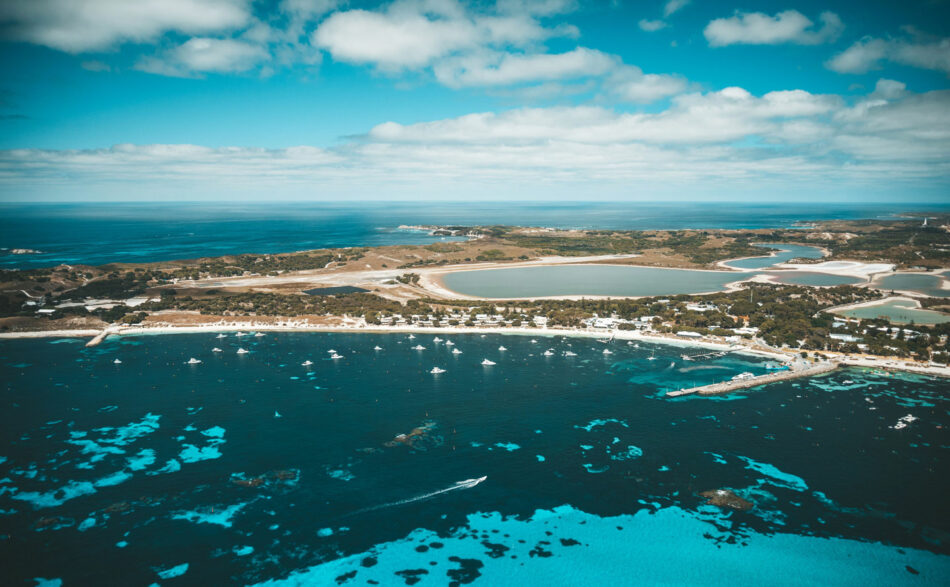
Image source:Tourism WA
Port Phillip Bay, Victoria
This intriguing dive site gives ocean dwellers the chance to see more than 50 shipwrecks, four WWI submarines and even one guided-missile destroyer. A dive like nothing else, the Port Phillip Bay is a great spot for history buffs. It’s also a great dive for a casual spotting of incredible animals like seals and rays.
View this post on Instagram
So, now you know where to go, let’s get down to the finer details…
How much does it cost to scuba dive in Australia?
The cost of scuba diving in Australia comes down to your experience and desired dive. For example, a one-off introductory dive in the Great Barrier Reef for a novice diver will cost around $100 – $200. Standard dives will cost a little more – around $200 – because you’ll spend a longer amount of time in the water.
Meanwhile, a standard four-day PADI Open Water course to attain your beginner certificate and go on a few dives will typically cost you around $500 – $700.
Do you need a license to scuba dive in Australia?
Beginners can scuba dive in Australia without a license, provided they take an introductory diving tour with a licensed operator. For advanced trips divers will need certifications, such as the recognised PADI Open Water Course, to partake in diving.

Image source:Contiki
Keen to explore more of Australia this year? Check out all of our exciting new Aussie trips for locals, by locals on the Contiki website. If you’re based outside of Australia, these trips won’t show up for you just yet – but keep your eyes peeled for more domestic announcements in your region!








